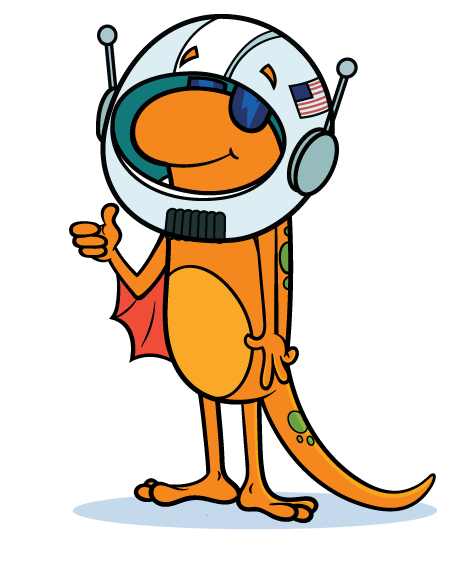
“Visionaries not only believe that the impossible can be done, but that it must be done.”
Bran Fern
On May 25, 1961, President John F. Kennedy told Congress, “I believe that this nation should commit itself to achieving the goal, before this decade is out, of landing a man on the Moon and returning him safely to Earth.” At the time, this seemed like an impossible task. And yet, on July 20, 1969, Neil Armstrong became the first man to step on the Moon’s surface.
In setting this goal, JFK was a visionary, “one having unusual foresight and imagination.” In order to set that goal, he had to imagine the possibilities — even when they seemed preposterous. When he shared what he had visualized, he inspired a nation to action — which led to achieving the goal. Visionaries don’t predict the future — they make their vision happen in the future.
How visionary are you?
What is your “man on the moon” vision? If there were no constraints, what could be possible? If you can imagine it, it can happen. Then, think about what limitations are in the way of achieving that vision. Often the constraints we face are our own limiting beliefs or perceived “rules” (are they really “rules,” or just the way things have been done?). Sometimes, the constraints are a lack of time or money… but those limitations often can be overcome with creative solutions. Being visionary doesn’t have to mean being completely new, either — sometimes, applying a tried-and-true approach in a new context is groundbreaking.
This week’s Challenge: This week, I will set aside an hour just to imagine the possibilities and question perceived limitations — and I will work to define my own “man on the moon” vision.
Avoiding being Grandiose (overuse): When your visualizations shift from being inspirational to being egocentric, you are overusing visionary and becoming grandiose. Being grandiose also has an element of disregard for grounded thinking, perhaps because one has an inflated view of one’s own capabilities. It is imagining what’s possible without then thinking about what barriers must be overcome to achieve that vision. Being in tune with reality — yet being able to discern reality from perceived reality — is a critical element of being visionary.
“The difference between a dreamer and a visionary is that the dreamer has his eyes closed and a visionary has his eyes open.”
Martin Luther King, Jr.
Commendable Trait: Visionary
Underused: Myopic
Overused: Grandiose
Strength: Inspiration
Quadrant: Resilience
That’s not all… Take the next step on your path towards understanding why people do what they do by subscribing to Tilt Learning Journeys!
Related

Being certain evokes a calm assuredness, a steadfast confidence. If you are certain, you are sure.

“What you allow is what will continue.” I don’t know who originally said this, but it is an excel...

At first when I think of someone being brave, I think of heroes. Firefighters who run into a flaming...